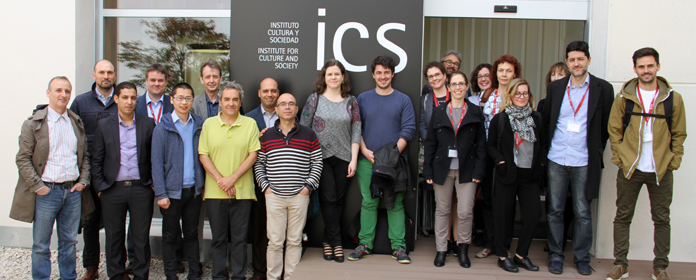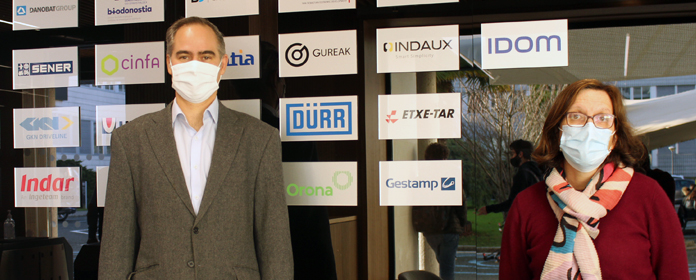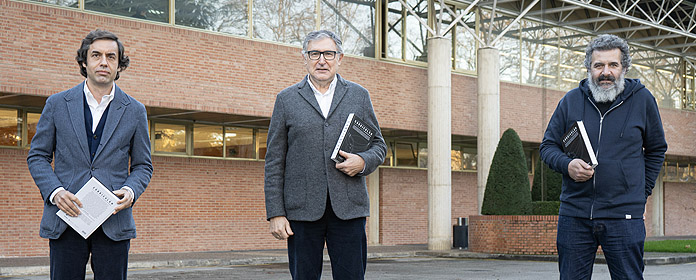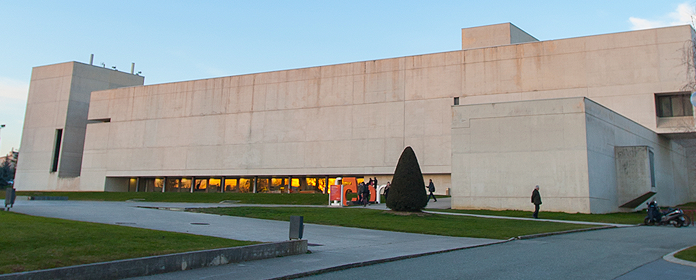Experts from 11 countries analyzed the representation of time to understand the human mind and creativity at an ICS conference
Participants addressed issues such as the variation of time representation in cultures and religions and what spatial time constructions show about the relationship between cultural and biological evolution

FOTO: Natalia Rouzaut
Experts from 11 countries analyzed the representation of time to understand the human mind and creativity at the University of Navarra. The Public Discourse project of the Institute for Culture and Society (ICS) organized the event in conjunction with the Red Hen Lab consortium and the Science and Technology Agency of Murcia. The conference received funding from the Ministry of Economy and Competitiveness.
The keynote address came from Rafael Núñez, a professor of cognitive science at the University of California-San Diego (USA); his presentation addressed what spatial time constructions show about the relationship between cultural and biological evolution.
For his part, Julio Santiago de Torres, professor of linguistic psychology at the University of Granada, focused on how the representation of time varies across cultures and religions.
Francis Steen, professor of communication studies at the University of California-Los Angeles (USA), addressed alternative and possible times with regard to historical events on television news, which involves identifying the opportunities to intervene in these events in the past, present and future, as well as reasoning about guilt and responsibility, and motivating future actions.
Brief presentationsIn addition, Kensy Cooperrider, a professor of psychology at the University of Chicago, spoke about trends and upcoming research challenges related to spatial time constructions, including how they develop in children. In addition to this, his intervention focused on the next challenges in research, such as exploring constructions that are not purely linear or spatial.
Along with the main presentations, other shorter presentations included topics such as the conceptualization of time in cinematographic flashbacks, Spanish-language representations of time, and the spatial representation of time in literature.
This is the first conference within the research line “CREATIME: Time in the creative mind,” which is part of ICS’s Public Discourse project. It aims to understand human creativity by studying how we imagine and represent time by analyzing conversation, gestures, cinema and poetry.
Expressions like “spring is coming,” “you have a great future ahead of you” or “give me a minute” are some examples of how time is reflected in language.




